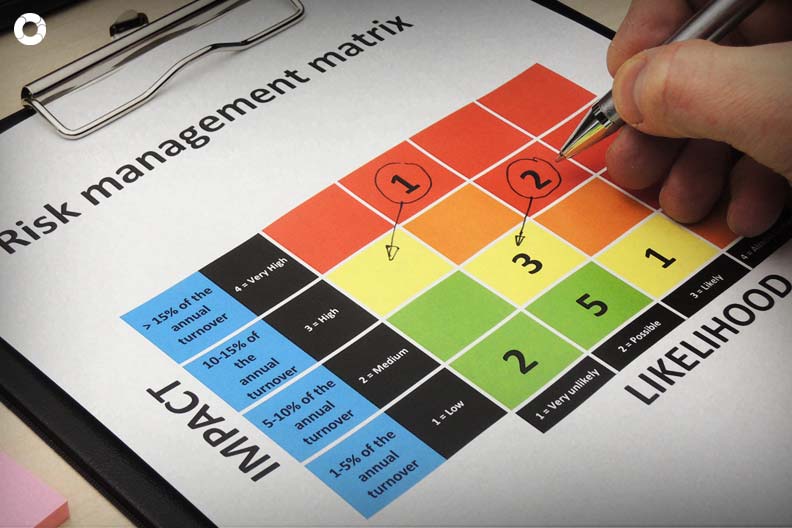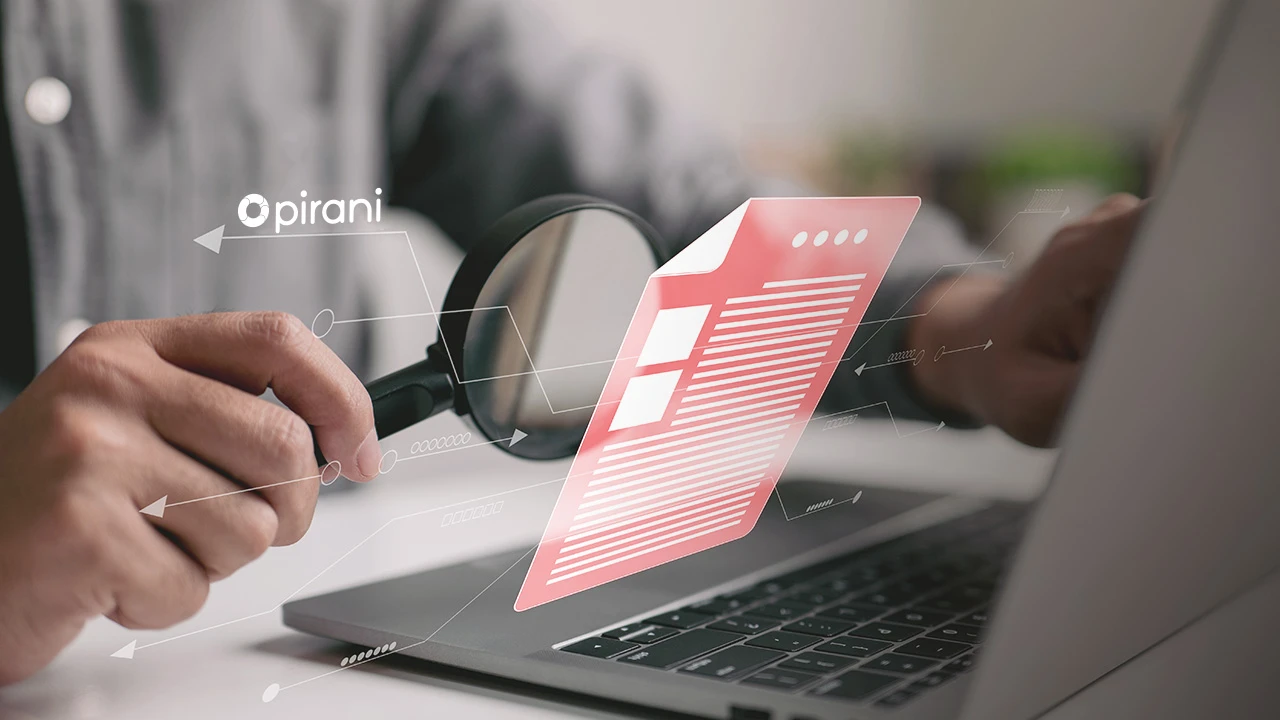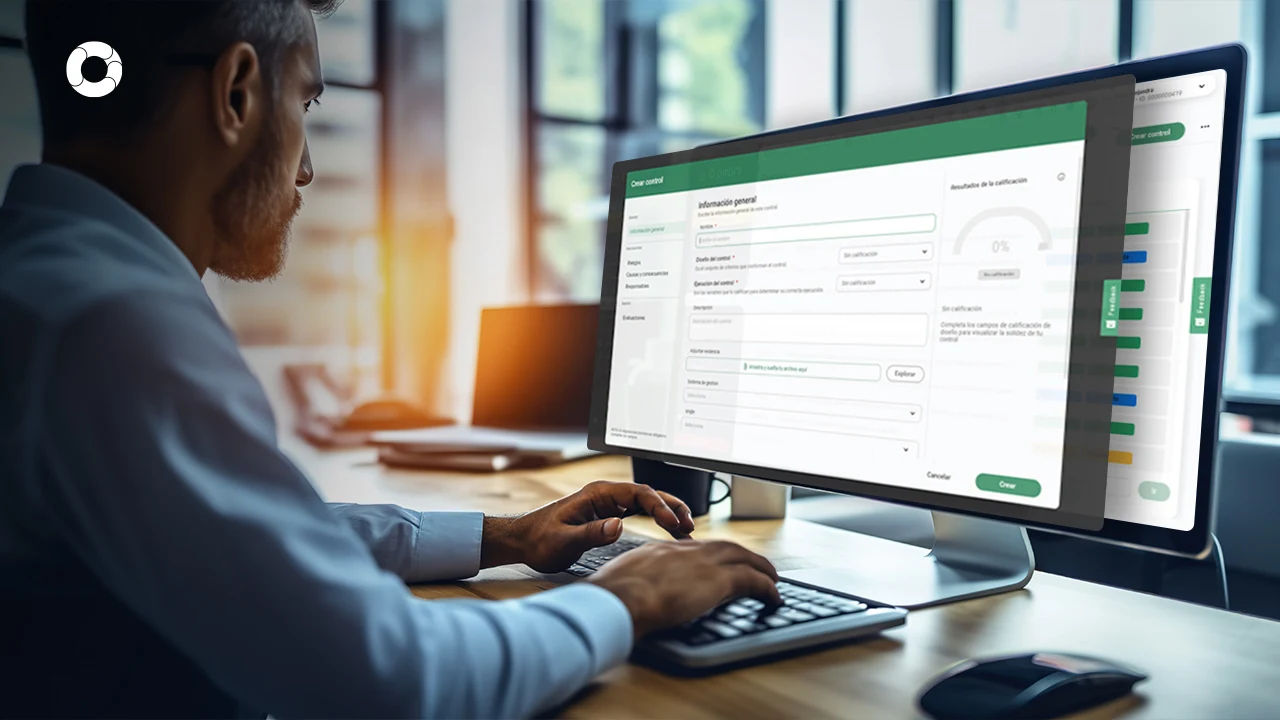Artificial intelligence to combat cyber attacks

The use of artificial intelligence (AI) is increasingly prominent in the field of cybersecurity, both for defense and attack: on the one hand, it has become a great tool for the protection of an organization's digital assets and on the other, it is an ally for the propagation and materialization of cyber attacks, which are more sophisticated and difficult to detect.
In this article we tell you how cybercriminals are taking advantage of artificial intelligence to carry out their attacks, in addition, you will learn the benefits for your organization to use this technology to prevent and defend against these threats.
Cyber-attacks with artificial intelligence
Currently, cybercriminals make use of AI to destabilize cybersecurity, commit different types of attacks and misinform. Some risks and threats that can materialize are:
1. Customized phishing
With the use of AI, attackers have perfected phishing emails. They can now generate messages that mimic the writing style of a known and trusted sender, which increases the likelihood of the recipient clicking on a malicious link leading to a fake website or downloading malware, i.e. falling for the trap.
2. Improved social engineering
Cybercriminals are using AI to collect and analyze large amounts of data from multiple sources, such as social networks and websites, to create fake profiles of potential victims and to design and target highly convincing and effective social engineering attacks.
3. Brute force attacks
With AI, cybercriminals can also identify patterns in passwords, easily discover them, and generate new ones that are more effective and exclusive to them.
Con la IA los cibercriminales también pueden identificar patrones en contraseñas y descubrirlas fácilmente y así generar unas nuevas que sean más efectivas y puedan ser de uso exclusivo de ellos.
4. Development of advanced malware
Attackers can use AI to create more advanced malware that is harder to detect. For example, they can use machine learning algorithms to create malware that self-optimizes based on the reactions of the environment it is trying to infect, thus evading the systems typically used to detect it (antivirus).
5. Deepfakes
Through AI, cybercriminals create audios or videos that seem real, but are not, and can use them to create disinformation campaigns, threaten or blackmail users and even trick organizations' access control or authentication algorithms to access unauthorized systems.
In addition to the above, other risks and threats that are arising with the use of artificial intelligence in the world of cybersecurity are automated reconnaissance attacks, data manipulation, distributed denial of service (DDoS) attacks, speed and automation of attacks, among others.

Use of artificial intelligence to defend against cyber attacks
Now that you know the offensive side of AI in cybersecurity, we explain how this technology is also a great ally to defend against increasingly constant and sophisticated cyber threats.
Among other benefits, incorporating AI into cybersecurity management can serve to:
1. Advanced and real-time threat detection
Detection systems that incorporate AI have the ability to analyze large amounts of network data and identify anomalous and suspicious patterns of behavior within normal patterns that may indicate a cyberattack.
2. Analyze vulnerabilities
AI algorithms can also analyze software code to look for potential vulnerabilities so that they can be identified and fixed in time to prevent cybercriminals from exploiting them.
3. Know and analyze user behavior
Thanks to AI, it is possible to know the normal behavior of users and systems in a network, as well as to monitor them to detect unusual activities and generate alerts that can be used to prevent the materialization of the attack.
4. Predicting threats
From historical data on cyber threats and security trends, AI can help predict possible future attacks, allowing the organization to take preventive measures in time to decrease the probability of occurrence or mitigate the risk should one occur.
5. Response Automation
Another great advantage that AI has in the world of cybersecurity is being able to automate responses in case of incidents, for example, automatically blocking suspicious IP addresses, thus enabling faster action against cyber threats.
These are just some of the advantages of artificial intelligence and how it can help organizations reduce their risks and vulnerabilities in a more efficient and effective way.
In conclusion, AI is not to be feared, although it is certainly exploited by cybercriminals, organizations can also make it their ally to prevent and better manage cyber threats: this technology is here to stay and will be increasingly essential to speed up the detection of attacks and increase the effectiveness of security systems.
Tell us, what do you think about the use of artificial intelligence in cybersecurity management?
You May Also Like
These Related Stories

Countries on the FATF 2021 black and gray lists

How to assess risk with a control matrix

Comparing ISO 31000 and COSO ERM

The 4 key steps to cybersecurity risk management

Internal Audit Management: 8 Essential Criteria



No Comments Yet
Let us know what you think